It became clear that there was a gap in the market for a housebuilder that could put up homes quickly, to a high standard, and with a minimum of fuss and mess.
How big a part of the market does modular housing make up at present, and how big could it realistically get by the end of this decade?
Only 7% of homes in England are currently self-built, which is embarrassing when you look at countries like Germany and the United States, which both boast figures of 60%, and Austria, where self-building makes up a massive 80% of the market.
I don’t think it’s unrealistic to aim for 25% of the UK market by 2030, but it needs the government to level the playing field. The cards are currently stacked against smaller operators like us, and the planning system is still not fit for the 21st century.
With sustainability and the environment such hot topics at the moment, how do modern modes of construction make homes more eco-friendly?
The second you move away from traditional building methods like bricks and mortar you start cutting pollution and waste. Our unique component-led design cuts waste dramatically. We recently calculated that a one-bedroom house produced by Built & Spaces creates just 65kg of waste.
The equivalent traditional new-build house creates 6.5 tonnes - over a hundred times more! The energy, transport and labour savings are dramatic as well.
The government has signalled its support for MMC a number of times before, but does it offer enough help to companies in this sector?
The government does offer some help, but it’s only to the big players in the market. If you have huge amounts of infrastructure then you will get some help, but they haven’t been actively engaging with the smaller and more innovative companies like us.
How does B&S's unique component-led system reduce waste, on-site noise and assembly times? What is it that is actually unique about your system?
Our component-led system means that the parts are manufactured off-site, transported to the location and then assembled. Piles are driven into the ground, without the need for any concrete, and the frame and panels are effectively bolted together.
This means a difference between a 12 to 18-month build for big developers, compared to eight weeks for a Built & Spaces home.
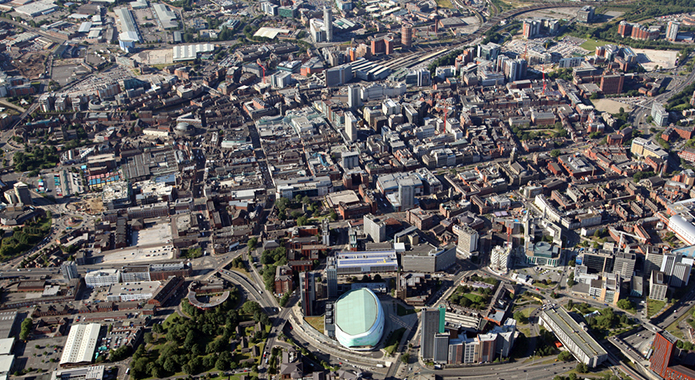
Currently, only around 15,000 homes are built using MMC. How can this be scaled up?
The government’s Right to Build scheme was a good idea, but too many councils are throwing obstacles in the path of prospective self-builders. Councils need to do what they’re supposed to: help these people find land to build.
What’s holding MMC back is the approach that big companies have taken, building huge factories in an attempt to scale up production. But these ambitions are severely limited by the lack of skilled labour required to staff them.
Currently, the construction industry’s skills are in bricks and mortar, but MMC requires an engineering mindset and the ability to work with newer technology, like laser technology and CNC machines.
At present, the UK is lacking the transferable skill base required to staff these factories. A change of mindset is required by the industry. The Built & Spaces approach avoids the need for these mega-factories, and we see this being a more sustainable way of scaling up production.
How many homes does B&S currently build? What are its long-term goals?
Built & Spaces currently has dozens of homes in various stages of development. Work up to now has focused on refining our component-led build system, and increasing efficiency at every stage of the process.
We’re now at a stage where we can start scaling up production, and our long-term goal is to build 2,000 homes a year.
Are there any opportunities for property investors when it comes to modular/innovative housing?
A lot of the big developers, like Berkeley Homes, have invested in modular housing because they know it’s the future. There’s enormous scope for property investors, but 90% of our competitors have chosen a model that is not sustainable, so investors need to be careful.
Legal & General have backed massive factories that they can’t staff with the right workers with the right skillset. Investors should do their homework and check that companies can deliver on their promises.
Tell us about the self-build boom. Again, is this a good opportunity for investors?
Built & Spaces intends to be at the forefront of a new self-build boom. Modern methods of construction make the process of building your own house simpler, less messy and easier to budget.
MMC makes the unpredictable predictable. Self-builders can effectively buy a house ‘off the shelf’ for a price that isn’t going to change because of bad weather or labour shortages.
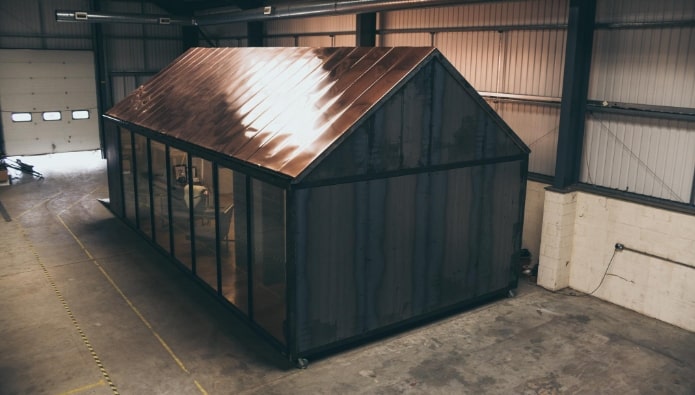
With the government having the goal of 300,000 new homes a year by the mid-2020s - but currently only hitting around 220,000 new starts a year - could MMC plug that gap?
It will take time, because Britain is currently so far behind the rest of the world when it comes to modular housing. In the long-term, MMC will keep growing until it becomes the first choice for developers.
Is modular housing the future of construction in this country?
Undoubtedly. Countries like Austria are showing us what could be achieved. Anyone who lives in a new-build home from one of the UK’s big developers will complain about low quality, shoddy workmanship.
Too many homes are being thrown up as part of a conveyor belt industry that treats customers like cash cows. Built & Spaces sees every project and every customer as completely unique.
Lastly, you launched your own DIY house design app towards the end of last year - what has the response been like?
Response to the app has been great. People love being able to visualise exactly what their house is going to look like, and really value the flexibility that comes with being able to change their design as their needs change. We’re working on a version of the app that will eventually appear on our website, so you can build your home from the comfort of your own sofa.




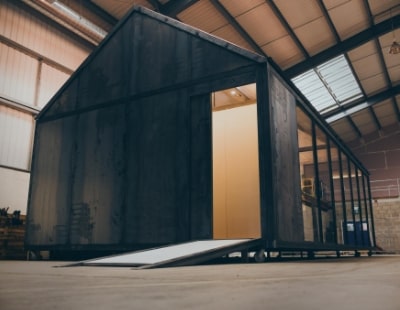


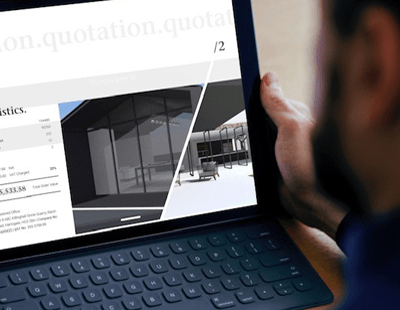

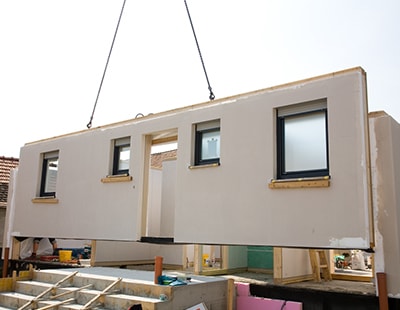

.png)










Join the conversation
Be the first to comment (please use the comment box below)
Please login to comment